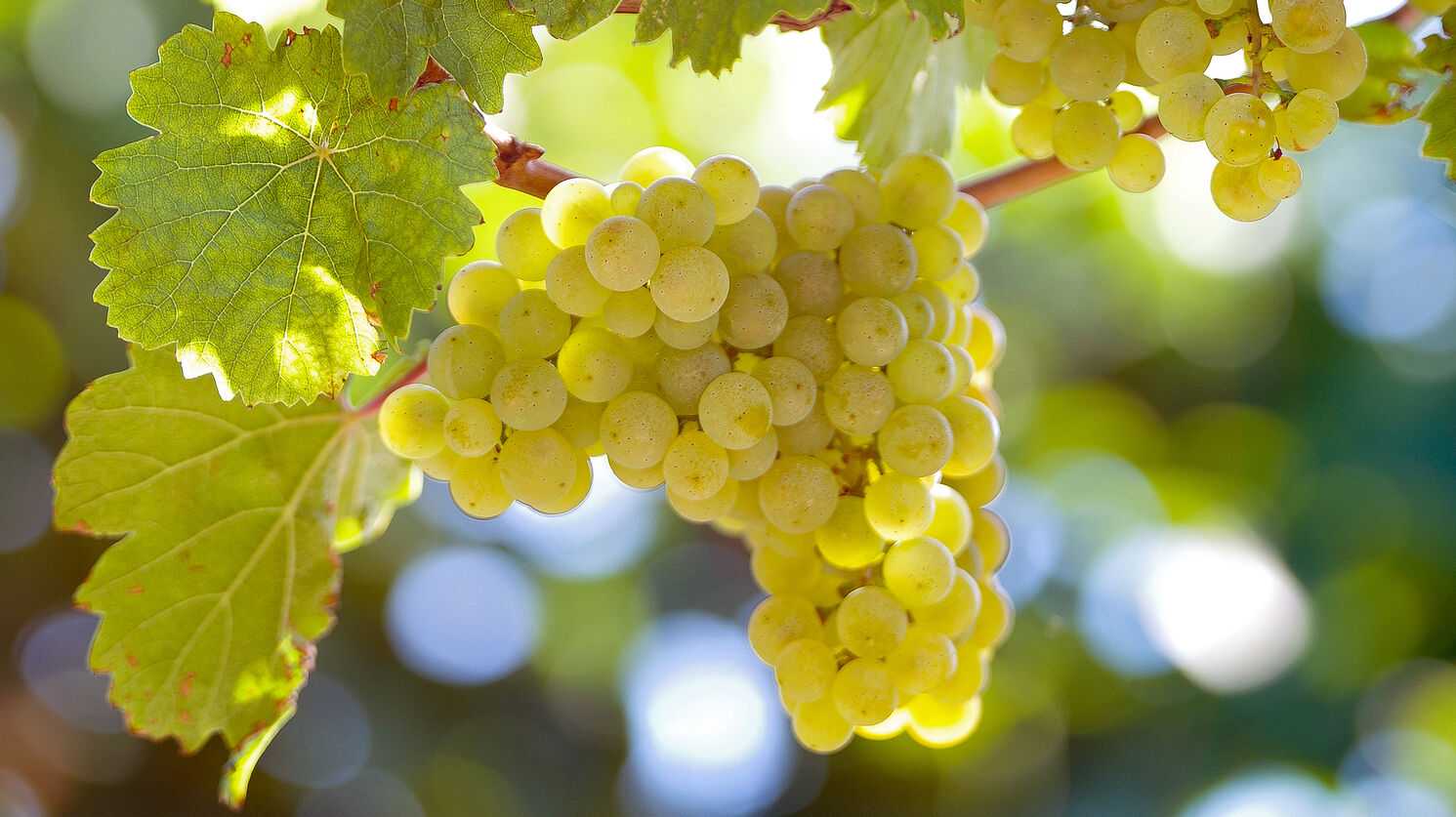
Riesling (rees-lingh)
This extraordinary white grape variety originated in the Rhine region of Germany where it is thought to have been cultivated in for centuries, and its earliest recorded mention dates back to the 14th century. Riesling quickly spread to other parts of Europe, and it is now grown in many countries around the world.
Nowadays, the Mosel Valley is considered to be the heartland of Riesling production, and it is here that some of the world's finest Rieslings are made. Other important regions in Germany include the Rheingau, Pfalz, and Nahe. These grapevines also grown in many other countries around the world, including Austria, France, Australia, New Zealand, and the United States. In each of these countries, Riesling is adapted to different terroirs and produces wines with its own unique character.
It is a relatively easy grape to cultivate, but it does best in cool to moderate climates with good sunlight. The grapes are thin-skinned and sensitive to pests and diseases, on the other hand the variety is very productive, so careful management is crucial on both ends.
The wines can range from dry to sweet, depending on the growing conditions and winemaking methods. Dry Riesling wines are typically light to medium-bodied, with high acidity and a range of fruity and floral aromas. Sweet Riesling wines can range from off-dry to dessert wines. They are often characterized by their ripe fruit flavors, honeyed sweetness, and long finish. Quality examples can age beautifully for many years (often decades).
Although usually varietally pure, Riesling can be blended with other white grape varieties, such as Pinot Gris, Gewürztraminer, and Sauvignon Blanc. These blends can often produce wines with complex flavors and aromas.
Riesling wines generally pair well with a wide variety of foods, due to their marked acidity and sweet and sour taste. Some good food pairings for dry Riesling wines include raw seafood, Asian spicy cuisine (esp. with off-dry wines), and cheese (sweet wines).
A.T.
A.T.


